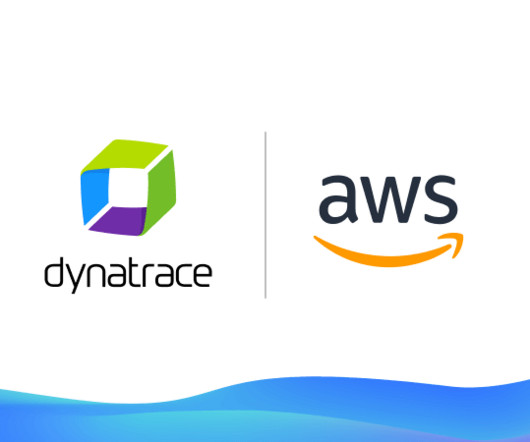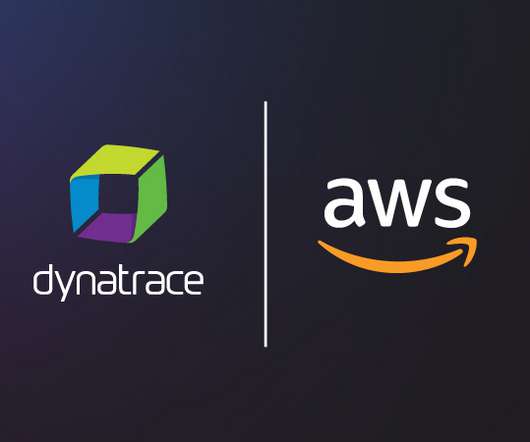Dynatrace supports the newly released AWS Lambda Response Streaming
Dynatrace
APRIL 7, 2023
Dynatrace is a launch partner in support of AWS Lambda Response Streaming , a new capability enabling customers to improve the efficiency and performance of their Lambda functions. Customers can use AWS Lambda Response Streaming to improve performance for latency-sensitive applications and return larger payload sizes.



















Let's personalize your content